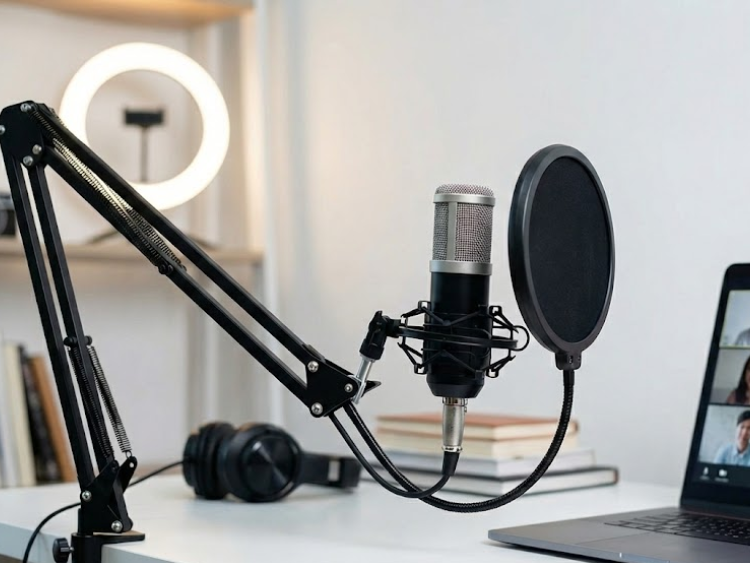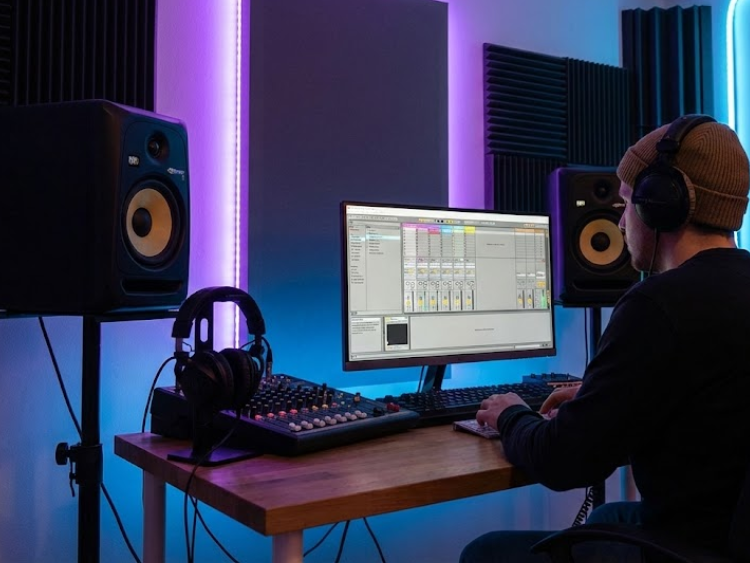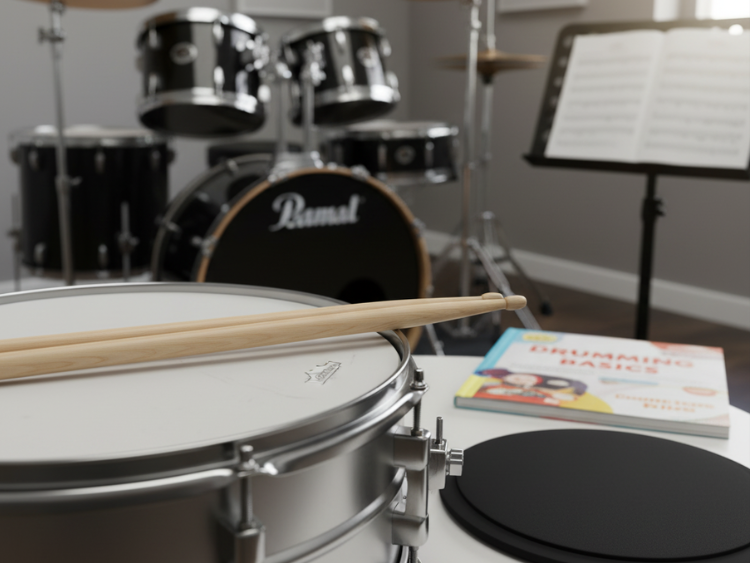How to Choose the Right Guitar for Beginners
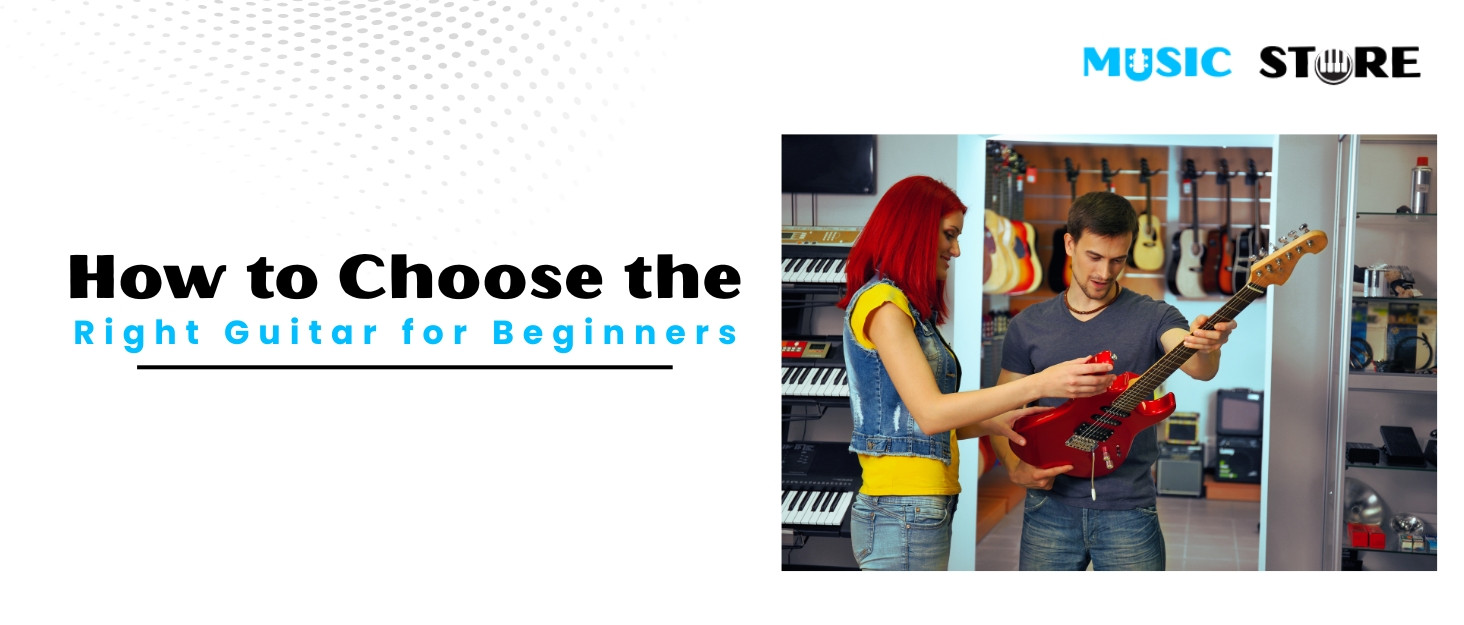
Choosing your first guitar can feel overwhelming with so many options available. Whether you're exploring classical melodies or rock riffs, selecting the right instrument sets the tone for your musical journey. This guitar buying guide will walk you through essential considerations, including acoustic guitar vs. electric guitar types, size, comfort, and more—helping you pick the perfect beginner guitar for your style and goals.
Why the Right Guitar Matters for Beginners
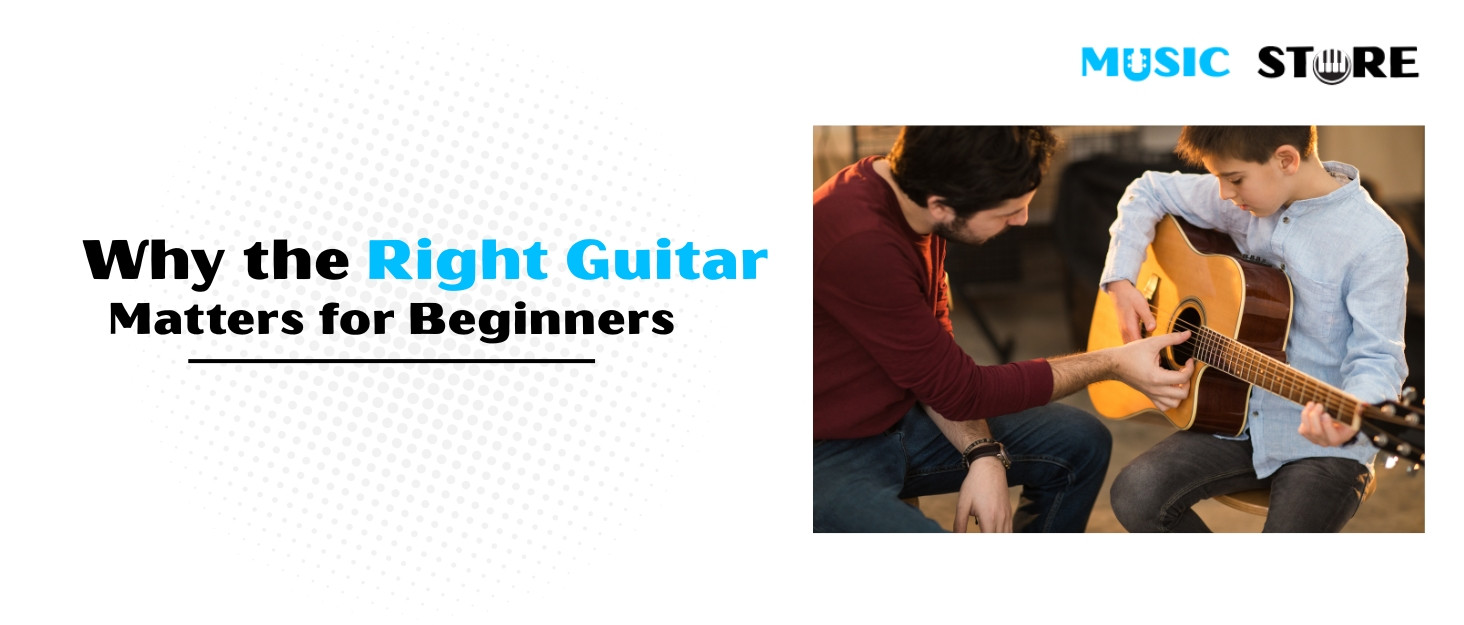
A first guitar should inspire, not frustrate. A poorly chosen guitar—too large, too heavy, or hard to play—can deter learners early on. According to Wikipedia, guitars vary widely in design, function, and intended musical use. Selecting a guitar that suits your hand size, musical preference, and learning environment helps reduce physical strain and builds early confidence.
Research from Statista shows that the global musical instrument market, including guitars, surpassed USD 10 billion in 2023, with entry-level guitars accounting for a major share. This indicates growing interest from hobbyists and beginners, making it crucial to stand out with an informed purchase.
Types of Guitars for Beginners
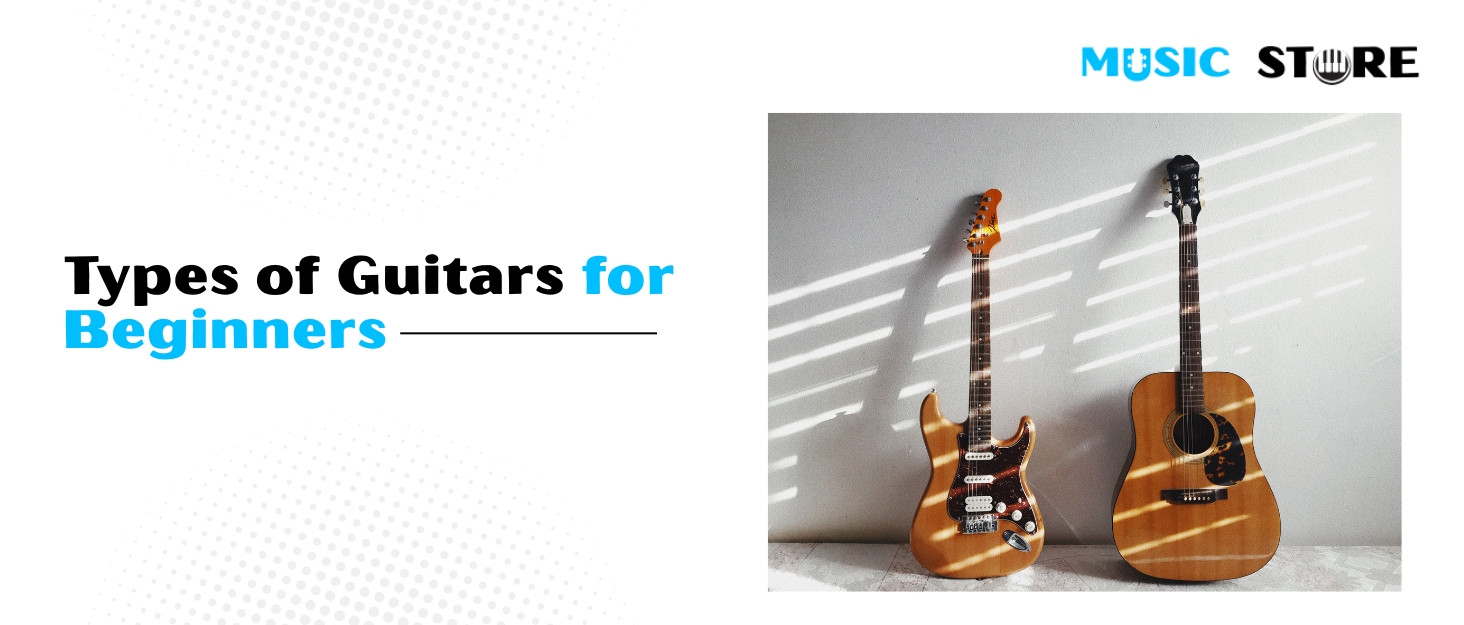
1. Acoustic Guitar:
The acoustic guitar is a favorite for beginners due to its simplicity—no need for amplifiers or cables. It produces a rich, warm tone ideal for folk, country, and singer-songwriter styles.
Pros:
Portable and self-contained
Builds finger strength and dexterity
Great for vocal accompaniment
Cons:
Higher string tension can be tough on fingers
Less suited for rock or metal styles
Look for steel-string models for modern music or classical nylon-string versions for softer tones.
2. Electric Guitar
The electric guitar is another great option, especially for those into rock, pop, or blues. Though it requires an amplifier, it has thinner strings and a slimmer neck, making it easier to press chords.
Pros:
Easier to play for small hands
Wide range of tones via pickups and effects
Ideal for modern and high-energy genres
Cons:
Needs an amp and cables
Slightly higher starting cost
Some starter packs include the guitar, amp, cable, and strap—perfect for beginners.
Factors to Consider in a Beginner Guitar
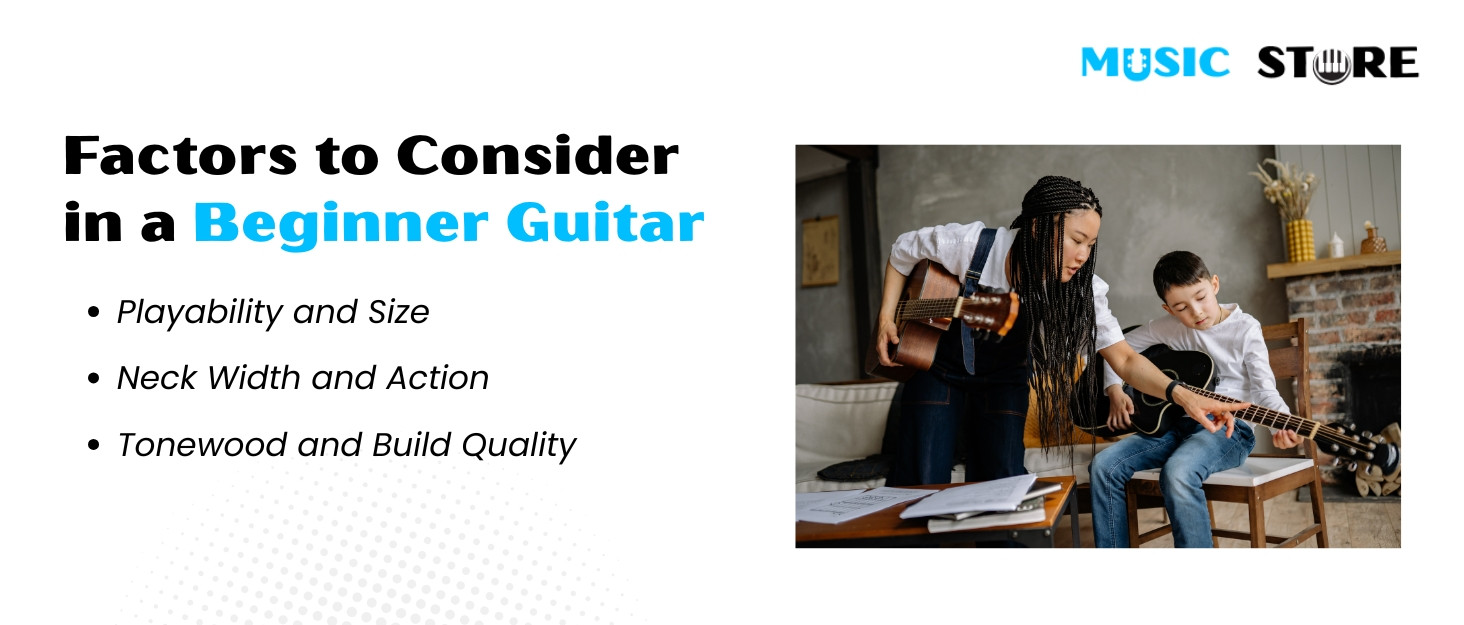
Playability and Size:
A beginner guitar should match the player's body size. For younger players or those with smaller frames, ¾ size guitars or parlor-style acoustics provide better comfort and playability.
Neck Width and Action
"Action" refers to the string height from the fretboard. Lower action makes pressing strings easier—ideal for beginners. Neck width also affects playability; narrower necks are easier for small hands.
Tonewood and Build Quality
While beginners don’t need premium materials, guitars made from spruce, mahogany, or basswood provide reliable sound and durability. Avoid overly cheap guitars with poor intonation or buzzing frets.
How to Try Before You Buy
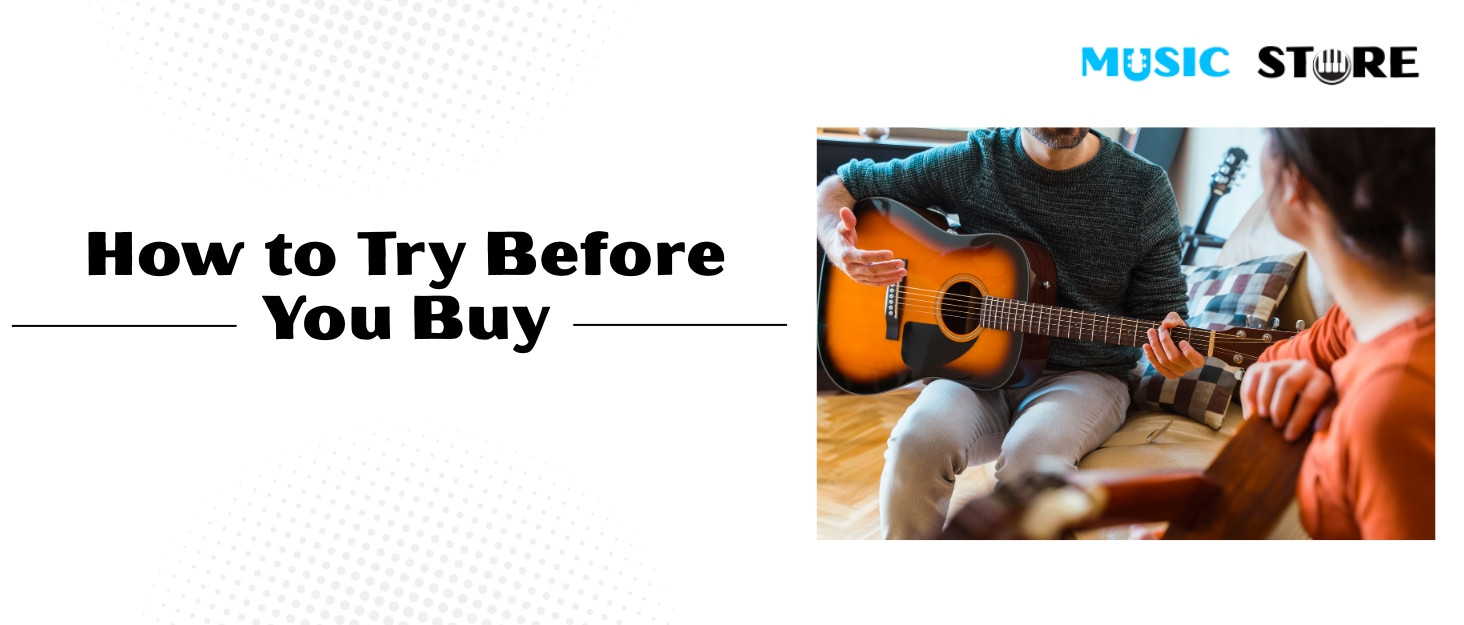
Even first-time players should try holding and strumming different guitars in-store. Reputable music stores often allow you to test several models. If buying online, watch video demos and read customer reviews carefully—especially from fellow beginners.
According to a 2024 Music Trades report, over 42% of guitar buyers now rely on online content and demo videos when purchasing their first instrument—making online research an essential part of your guitar buying guide.
Budgeting for Your First Guitar

You don’t need to overspend to start strong. Quality beginner guitars often range from $120 to $300. Ensure the budget covers:
Tuner
Picks
Strap
Extra strings
Soft gig bag or case
Bundle kits can offer value for beginners without compromising too much on quality.
Conclusion
Choosing the right beginner guitar is a key step toward enjoying and sustaining your musical passion. Whether you lean toward the traditional sounds of an acoustic guitar or the electrified energy of an electric guitar, your first instrument should offer comfort, quality, and motivation. Follow this guitar buying guide to balance your musical goals, comfort needs, and budget—and set yourself up for an inspiring start to your guitar journey.
